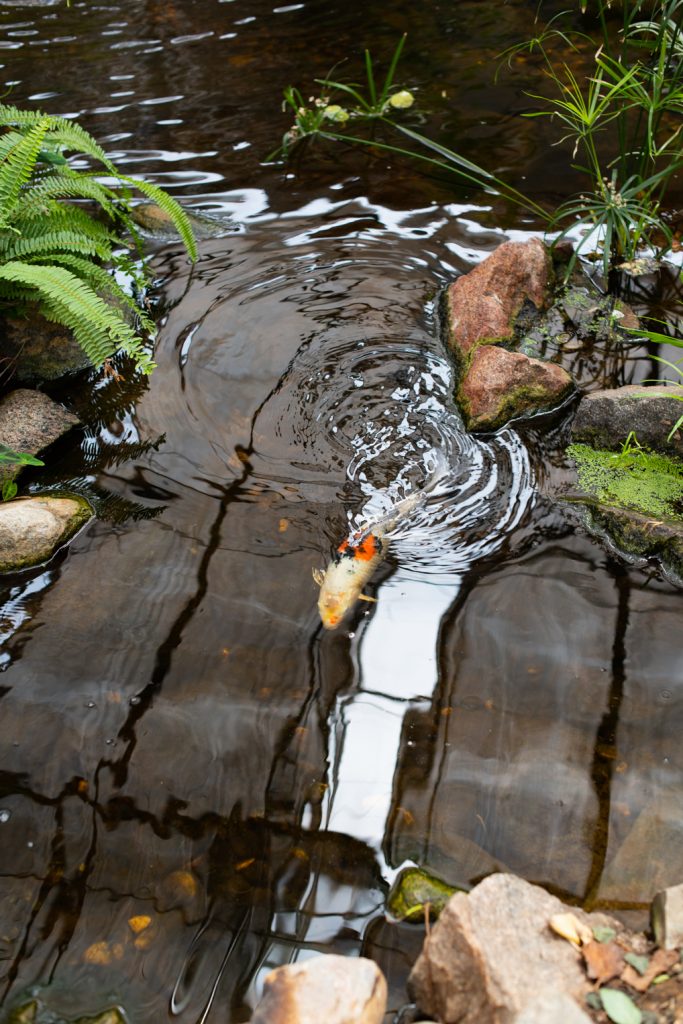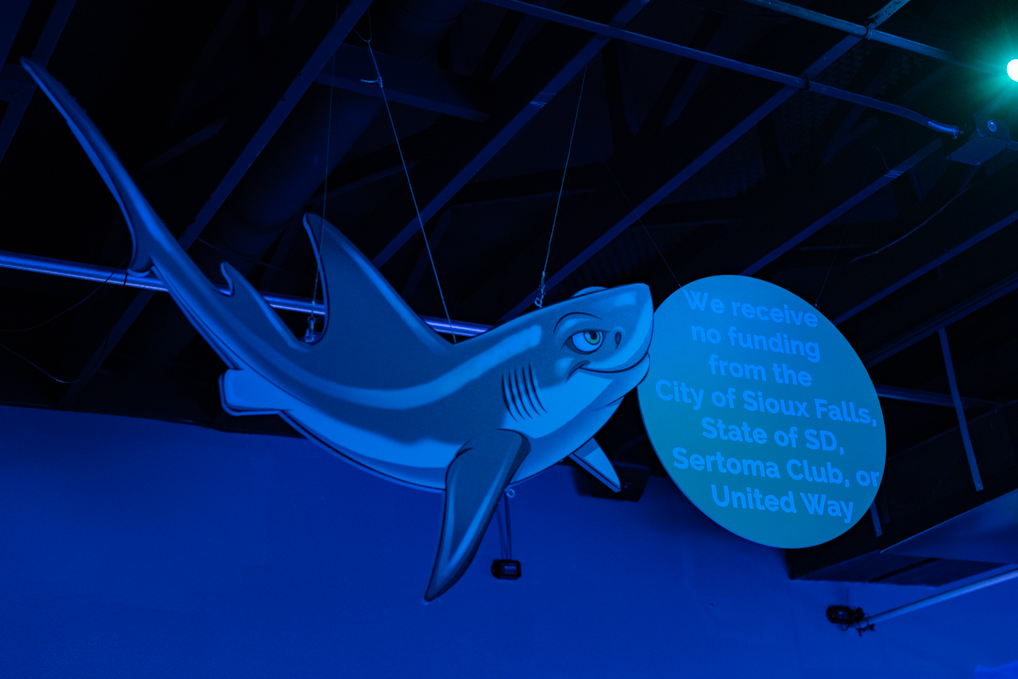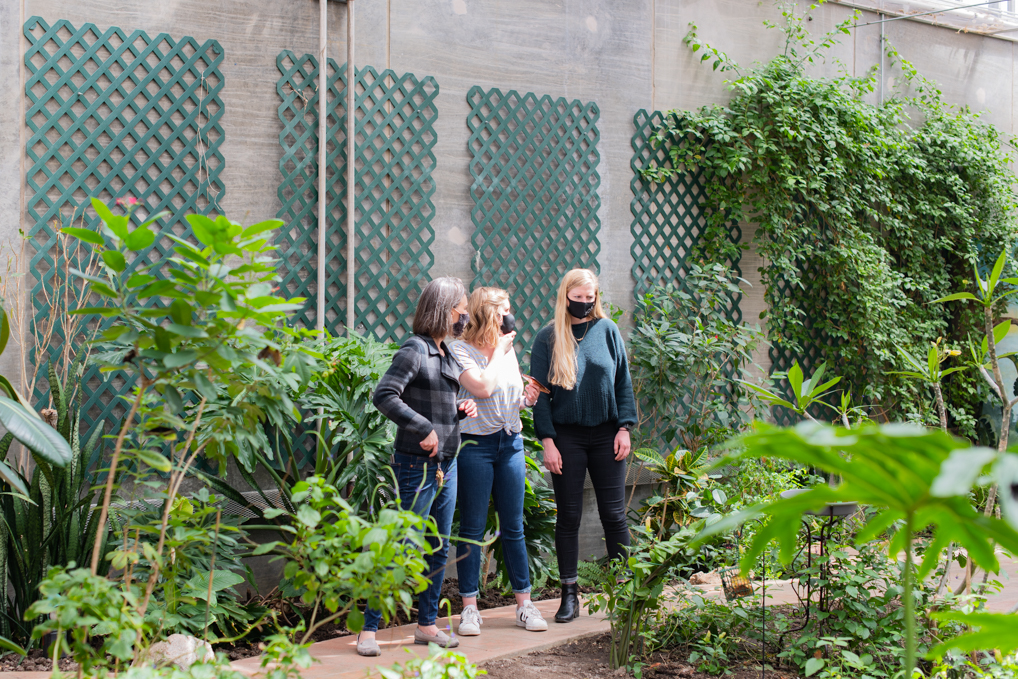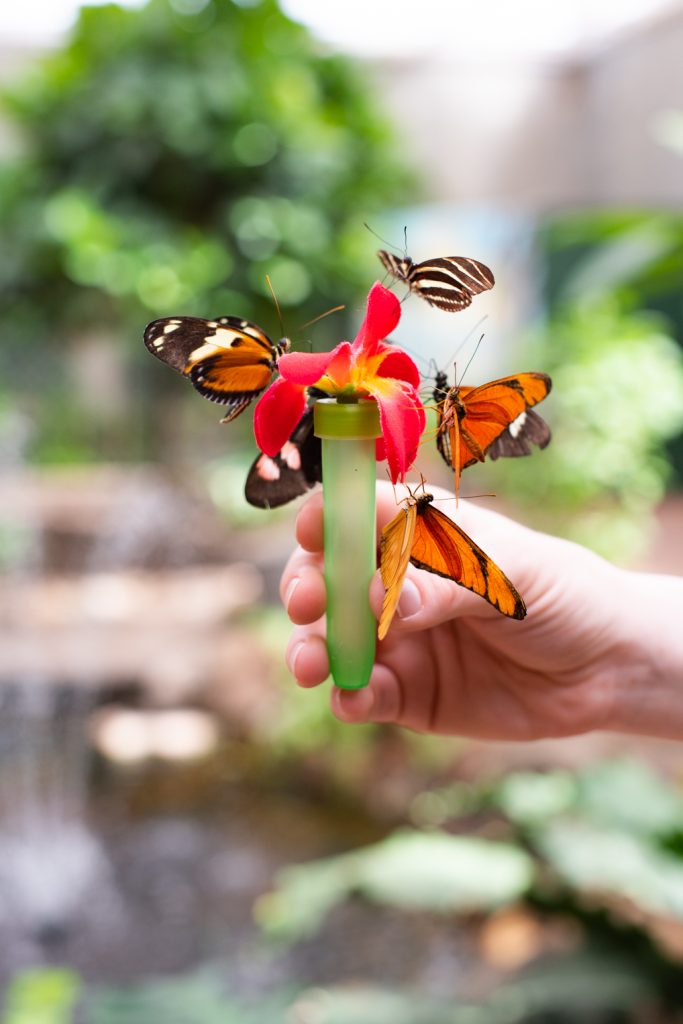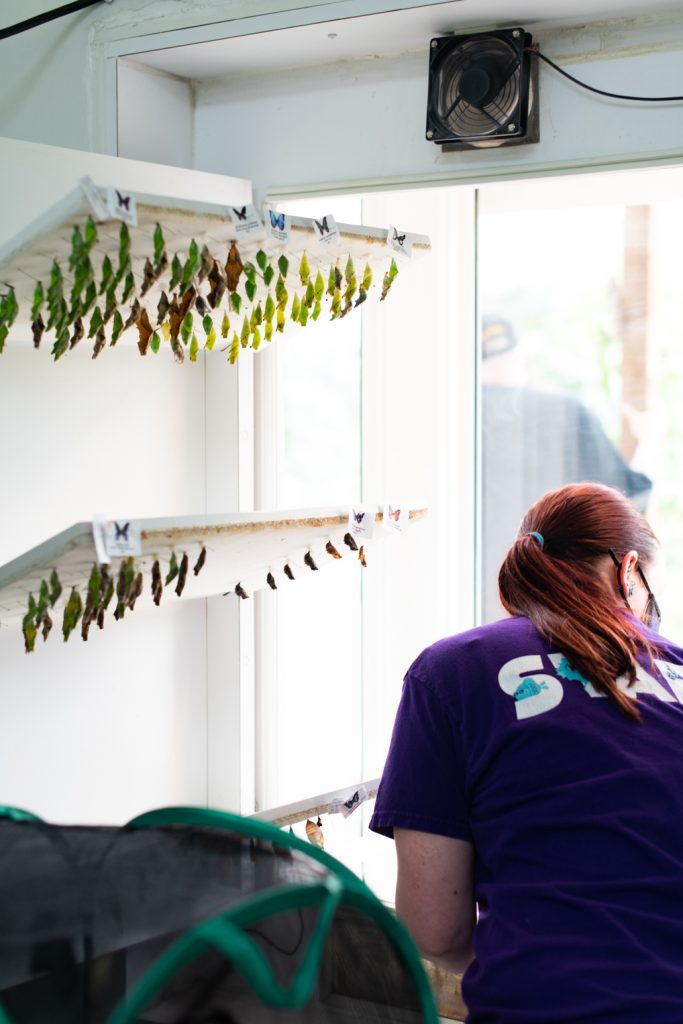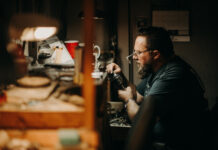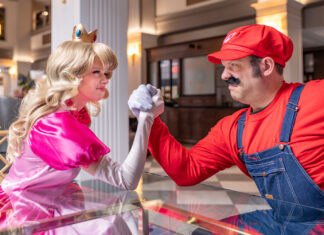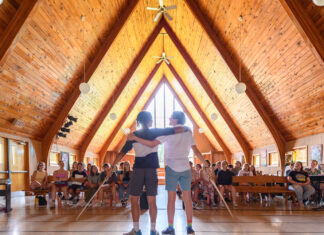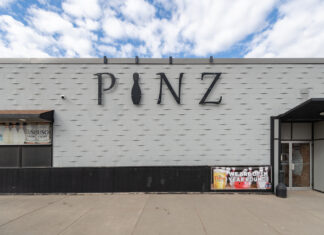When The Butterfly House opened in 2002, it was a butterfly conservatory with a huge lobby and a comparably sized gift shop.
Come 2010, the nonprofit was facing funding struggles.
“The butterfly house alone was not enough for us to be able to sustain operations,” explained CEO Audrey Otto.
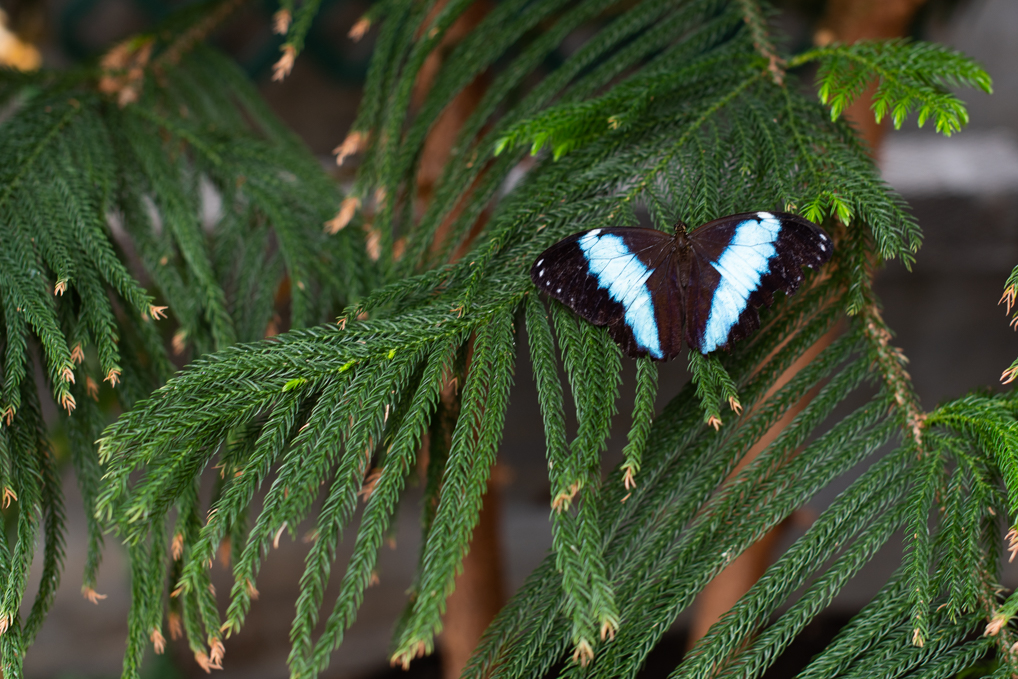
So when some aquarium hobbyists approached her offering to donate various aquariums, Otto jumped at the chance.
“So many people thought, ‘Butterflies and aquariums, that’s a weird combination.’ But for us, we saw that connection with the tiny things in nature that you don’t really think a lot about that are so important like pollinators, coral reefs, and jellyfish,” she said.
After adding the marine life, the now-Butterfly House & Aquarium saw an attendance increase of 90%, saving the organization.
Emerging From The Chrysalis
“It was a really good combination for us, and we found very quickly that there was a major need in Sioux Falls for this that wasn’t getting fulfilled,” said Otto.
Guests can see jellyfish, seahorses, corals, tropical fish from the Indo- Pacific and Caribbean, and more.
But it took even more effort than she imagined.
“When we actually started doing it, we had to get a chemist, a biologist, a physicist, a plumber, and an engineer—all of these skills that come together,” she said.
Moon Jellies
The aquarium is able to grow so many moon jellyfish that it’s able to supply other aquatic facilities. Experience the growth and life cycle of moon jellies in the Discovery Den.
With every animal as healthy as can be, Otto says they prioritize having interactive exhibits.
“We added the interactive exhibits because we know that whether you’re an adult or a kid, if you’re touching and interacting with what you’re learning about, you’re going to learn better, retain that information, and connect with that animal or that habitat more than if you were just listening to someone talk about it or watching it on TV,” she said.
During pandemic-free times, one touch tank is open to allow for visitors to learn about Pacific tide pool creatures. A larger pool typically offers up the opportunity to pet cownose or southern rays.
“[Cownose rays] tend to swim together, be on the move constantly, so they make great touch pool exhibits because they come to the top, they like to see what’s going on, and they’re naturally curious,” explained Otto.
She notes that the touch pools are closed right now because hand sanitizer can be deadly to marine life.
60 Species of Butterflies
Of the about 60 species of butterflies found in the conservatory, Otto says none of them are native to this area to prevent various population issues. The species at The Butterfly House come from Central and South America, Asia, Africa, and Australia.
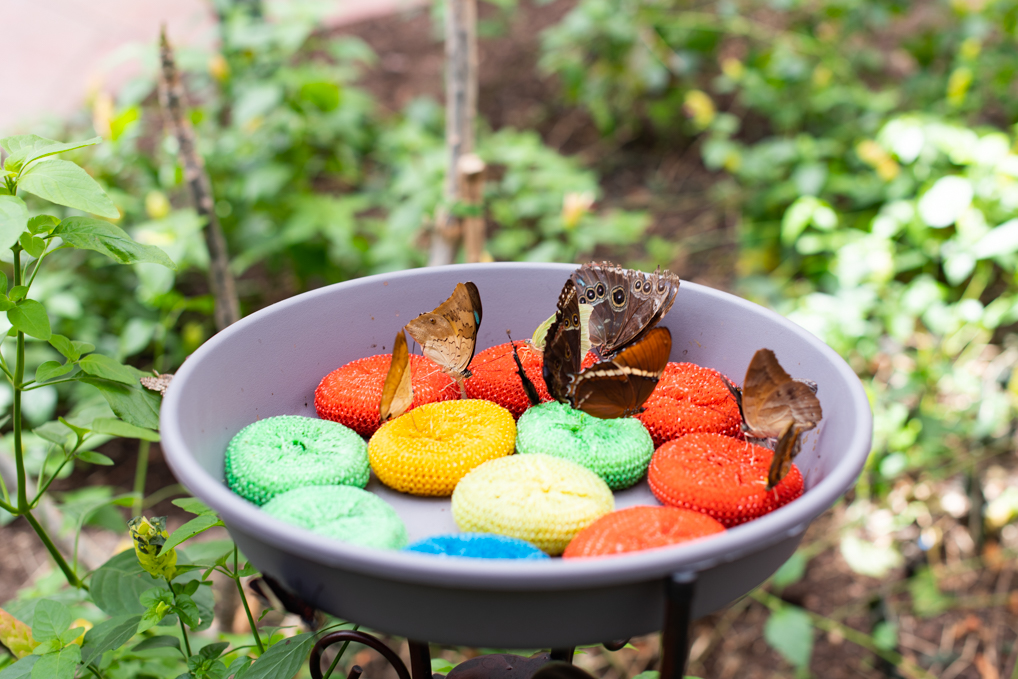
Spreading Wings
“Butterflies have always been the key thing that we do,” said Otto. “This is such a magical experience.”
With sun streaming down through the glass roof, roughly 800 butterflies float through the air, right over the heads of those traversing the paths.
“The way it’s built encourages the butterflies to fly around and land on you,” said Otto.
And with a small extra charge, guests can pick up a fake flower, have a volunteer spritz it with orange Gatorade, and watch as the butterflies land right in front of them.
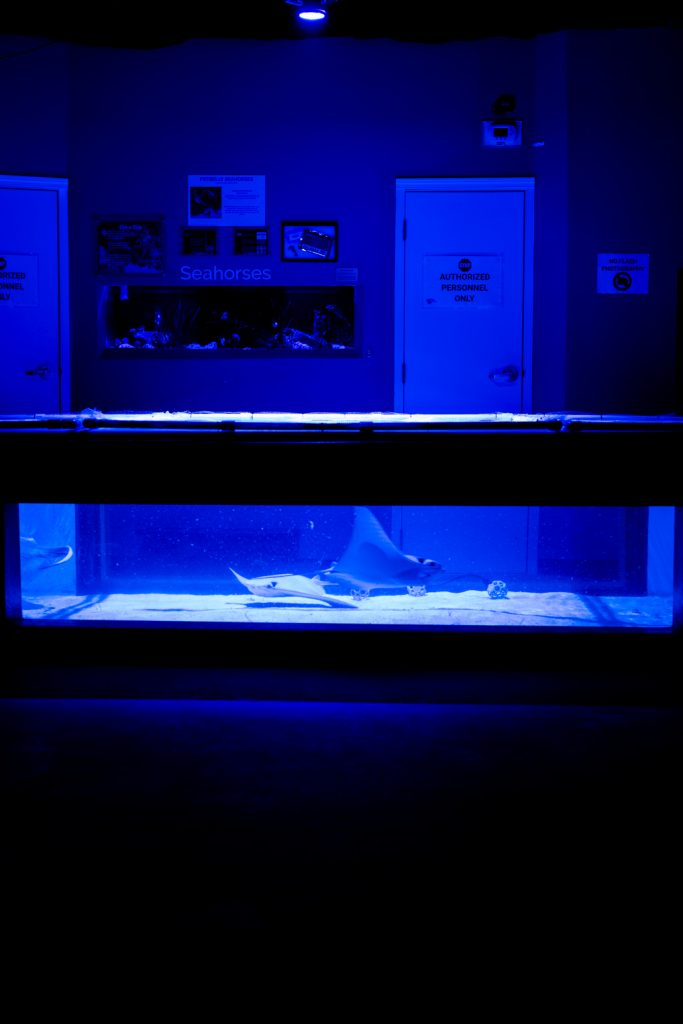
“[There’s] the peaceful, healing side of it, where you can just sit and look at an aquarium or sit with butterflies and feel your heart rate, breathing rate, and blood pressure go down.” -Audrey Otto
With a gazebo and a few benches scattered around, there’s plenty of opportunity to sit and enjoy the insects.
On one wall, guests can watch as butterflies emerge and begin to spread their wings, ready to live their 2-4-week-long life spans out in the conservatory.
Taking Flight
Now, 11 years after adding the aquatic habitats, it’s time to expand again. But this time, the building itself will be growing along with the exhibits.
“A lot of people said we couldn’t do it, but we did. And now we’re ready to add on,” she said.
With the diagram ready to tack on a perimeter of more space comes plenty of plans for additional wildlife to watch.
“A larger facility will allow us to do more with exhibits, programming, and also build behind the scenes, so our staff can do their jobs the way they’re meant to and not in a renovated gift shop,” said Otto.
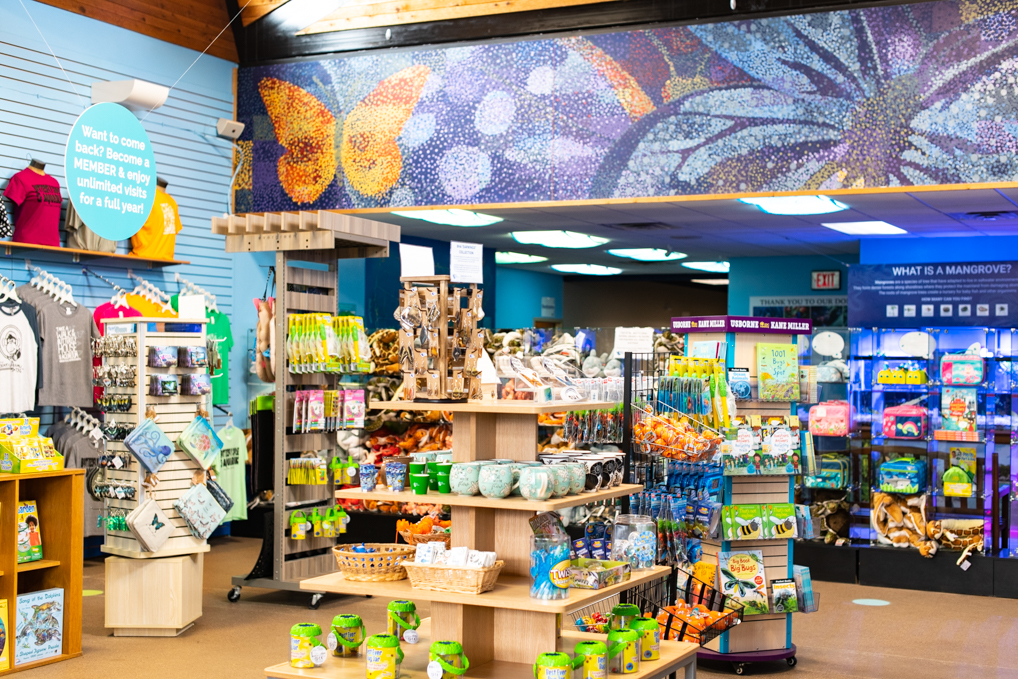
As laid out in the plan, a new facility would start with a connections gallery, showing how the butterflies and marine life connect to that of the Midwest and the Big Sioux River.
From there, there will be two tide pools, a behind-the-scenes viewing station, a predatory reef, and more.
Otto added, “We want more behind-the-scenes to help people understand not only what it takes to have what we have here, but also to inspire the next generation of scientists and marine biologists.”

She said she’s really excited about adding to the interactive experiences, like a shrimp feeding pool, expanding the stingray exhibit to include sharks, a turtle feeding pond, and classrooms.
In about a year, construction should start, and the year following should unveil the new and improved Dakota Aquarium & Butterfly House.






